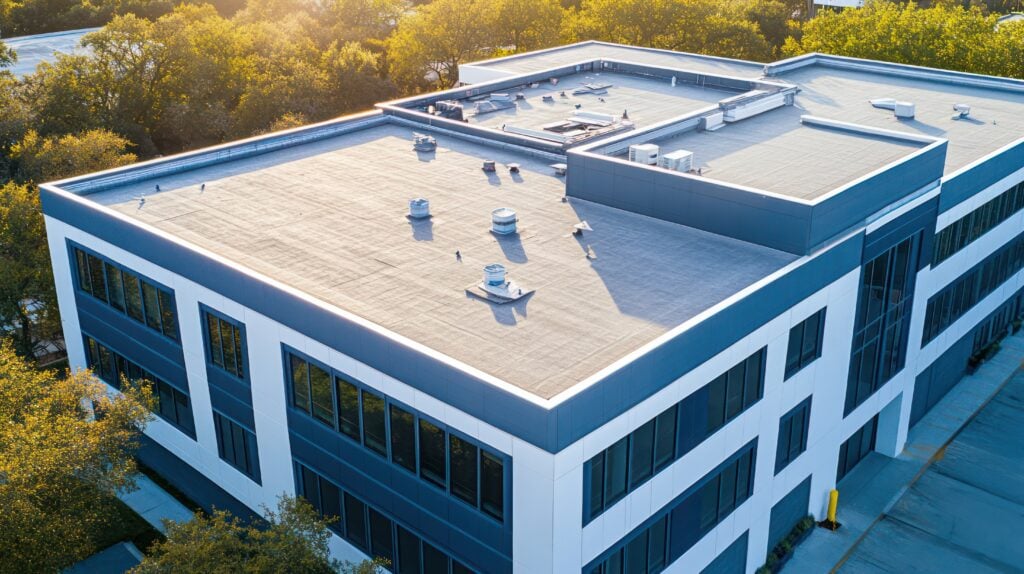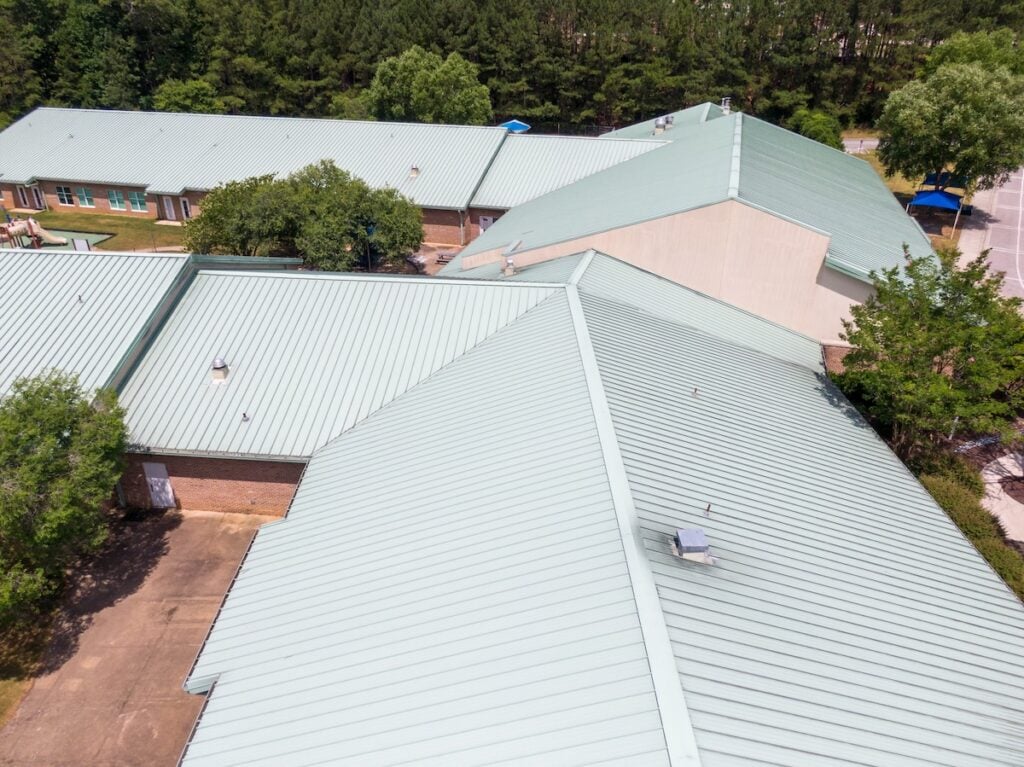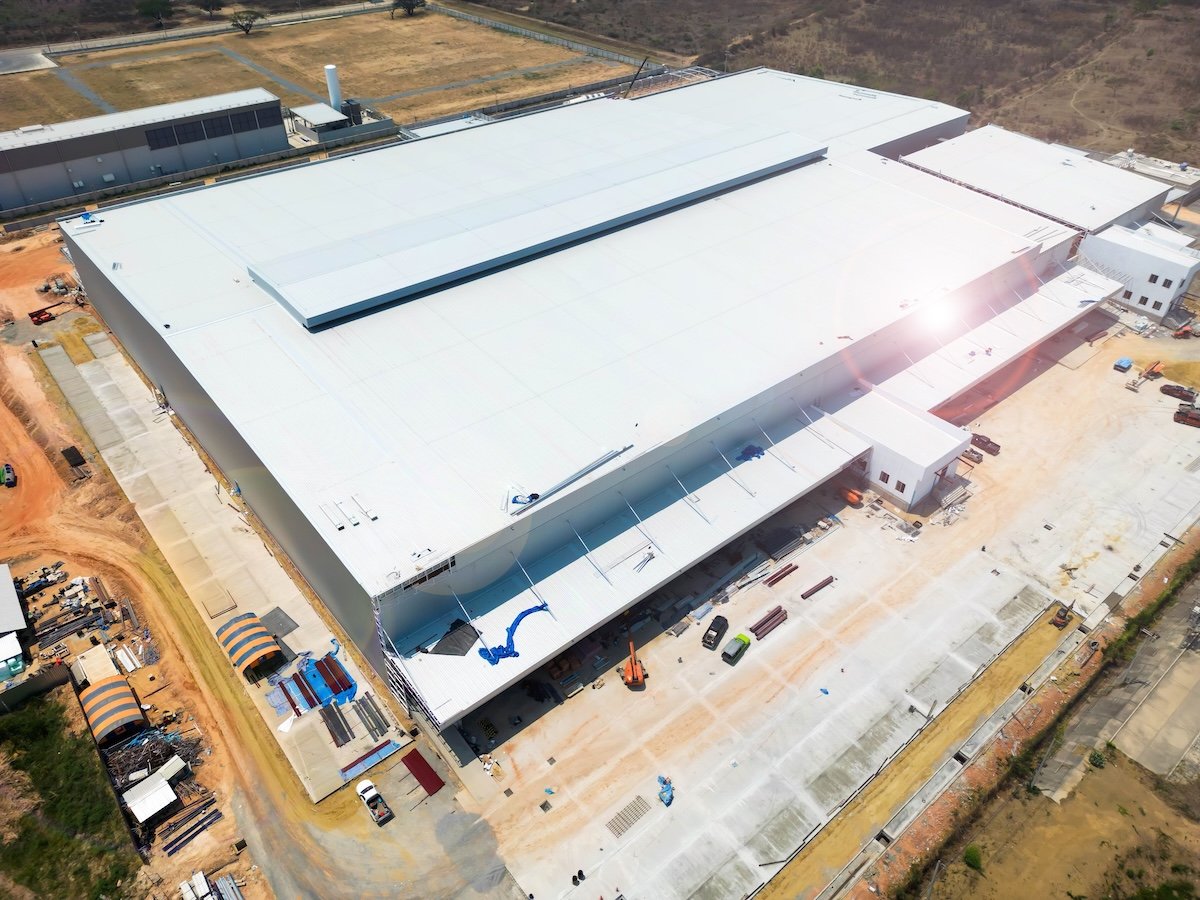Choosing the right roof for your commercial building is one of the most critical decisions you’ll make as a property owner. The commercial roof types available today offer varying levels of durability, cost-effectiveness, and energy efficiency that can significantly impact your building’s performance and your bottom line. Whether you’re planning a new construction project or considering a roof replacement, understanding your options is essential for making an informed decision.
For expert guidance on commercial roofing solutions, professional contractors can help you evaluate which system best suits your specific needs and budget requirements.
This comprehensive guide will cover:
- The most popular commercial roof types and their unique advantages
- Why selecting the right roofing system matters for your business
- Key factors to consider when choosing between different roofing materials
- Maintenance requirements and expected lifespan for each roof type
- Cost considerations and return on investment for commercial roofing
🏢 Why Commercial Roof Selection Is Important

The roofing system you choose directly affects your building’s energy efficiency, maintenance costs, and overall structural integrity. Unlike residential roofs, commercial roofing systems must withstand greater stress from weather, foot traffic, and mechanical equipment while protecting valuable business assets and operations.
Making the right choice from the start can save you thousands of dollars in repairs and replacements over the roof’s lifespan. Here are the key benefits of selecting the appropriate commercial roofing system:
- Long-term cost savings through reduced maintenance and energy bills
- Enhanced building protection against weather damage and leaks
- Improved energy efficiency with reflective and insulative properties
- Increased property value through durable, attractive roofing solutions
- Compliance with building codes and insurance requirements
- Reduced business disruptions from fewer repair needs
⭐️ 5 Most Popular Commercial Roof Types & Their Benefits

Understanding the characteristics and advantages of each roofing system helps you make an educated decision. Each roof type offers distinct benefits depending on your building’s design, climate conditions, and budget considerations.
1. TPO (Thermoplastic Polyolefin) Roofing
TPO roofing has become increasingly popular due to its excellent balance of performance and affordability. This single-ply membrane offers outstanding weather resistance and energy efficiency.
- Heat-welded seams create a completely watertight barrier
- White reflective surface reduces cooling costs by up to 30%
2. EPDM (Ethylene Propylene Diene Monomer) Roofing
EPDM rubber roofing is known for its durability and weather resistance. This proven roofing material has protected commercial buildings for decades with minimal maintenance requirements.
- Exceptional flexibility prevents cracking in temperature fluctuations
- UV resistance maintains integrity without degrading over time
3. Modified Bitumen Roofing
Modified bitumen combines the reliability of traditional built-up roofing with modern polymer technology. This multi-layer system provides excellent waterproofing and durability.
- Self-healing properties seal minor punctures automatically
- Multiple installation methods including torch-applied and cold adhesive options
4. Metal Roofing Systems
Commercial metal roofing offers unmatched longevity and can last 50+ years with proper maintenance. These systems work well for both flat and sloped commercial applications.
- Fire resistance provides enhanced safety for your building and contents
- Recyclable materials support sustainable building practices
5. Built-Up Roofing (BUR)
Built-up roofing systems use multiple layers of bitumen and reinforcing fabrics to create a time-tested waterproof barrier. This traditional approach remains popular for its proven performance.
- Redundant waterproofing layers provide multiple levels of protection
- Gravel or mineral surface offers impact resistance and UV protection
⚖️ Key Factors to Consider When Choosing Commercial Roofing

Selecting the right commercial roofing system requires careful evaluation of several important factors. Your decision should account for both immediate needs and long-term performance expectations to ensure you get the best value for your investment.
Climate and Weather Conditions
Your local climate plays a crucial role in determining which roofing materials will perform best. Consider these weather-related factors:
- Temperature Extremes: Some materials handle freeze-thaw cycles better than others, while heat-resistant options work better in hot climates.
- Precipitation Levels: Areas with heavy rainfall or snow loads require roofing systems with superior drainage and structural support capabilities.
- Wind Exposure: Buildings in high-wind areas need roofing systems with enhanced wind uplift resistance and secure attachment methods.
Building Structure and Design
The existing structure of your building may limit or favor certain roofing options:
- Roof Slope: Flat roofs require different materials and installation techniques than sloped applications.
- Load Capacity: Your building’s structural capacity determines whether you can support heavier roofing systems or need lightweight alternatives.
- Existing Conditions: The current roof condition may influence whether you can install over existing materials or need complete removal.
Budget and Lifecycle Costs
While initial cost is important, consider the total cost of ownership over the roof’s expected lifespan:
- Installation Costs: Some systems require specialized labor or equipment that can affect upfront expenses.
- Maintenance Requirements: Regular maintenance needs vary significantly between different roofing types.
- Energy Performance: Reflective roofing systems can provide substantial energy savings that offset higher initial costs.
💼 Making the Right Choice for Your Business
Selecting the optimal commercial roofing system requires balancing multiple factors including performance, cost, and your specific business needs. The investment you make in quality roofing today will pay dividends through reduced maintenance costs, improved energy efficiency, and enhanced protection for your valuable business assets.
Working with experienced commercial roofing contractors ensures you receive professional guidance tailored to your unique situation. They can perform detailed assessments of your building’s condition, local climate factors, and budget requirements to recommend the most suitable roofing solution.
Don’t leave this critical decision to chance. Contact our commercial roofing experts today for a comprehensive evaluation and free estimate on your next roofing project. Our team will help you navigate the options and select the commercial roof type that delivers the best long-term value for your investment.



